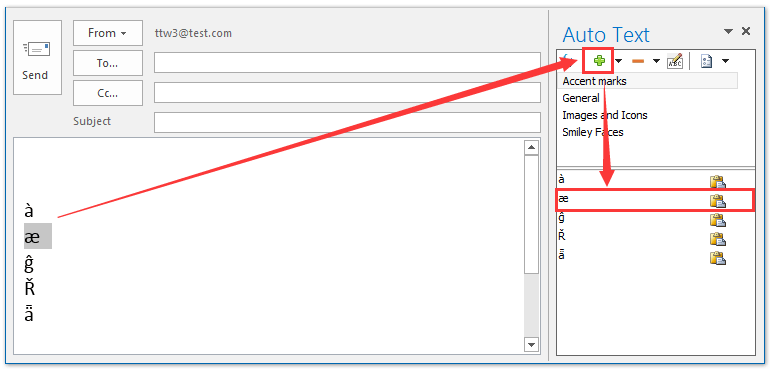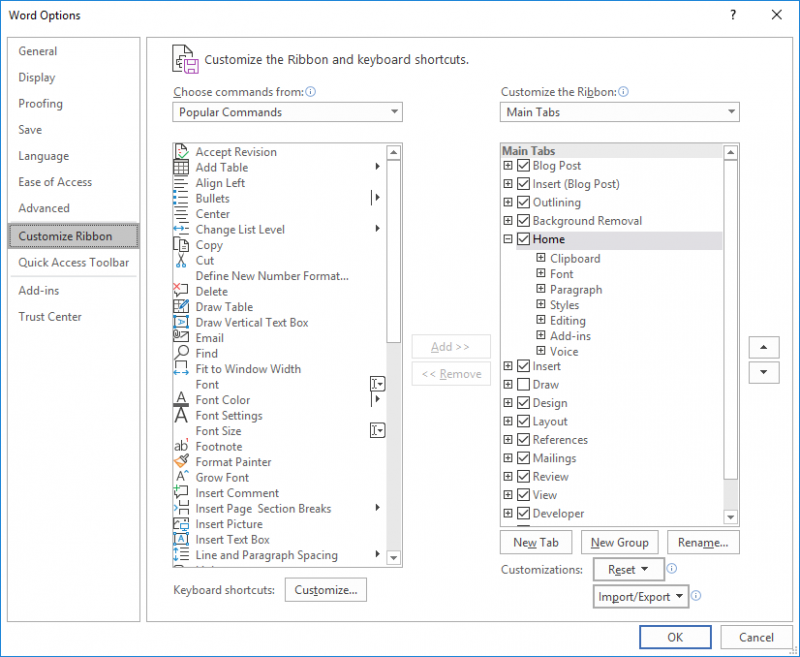
I think the Microsoft and Apples sites have very clear instructions regarding this. There might be instructions available here in the Resource section of Spanish Dict regarding usage and installation of the US International Keyboard. Other than that, the installation and usage is very simple and straightforward. !!!Extremely simple to use!!! The only "trick" that you have to be aware of is, when you make the ñ, you have to hold down the alt key on the RIGHT side of your keyboard while you press the "n" key. It's simple to install and simple to use. If you don't know how to install it, then Google "US International Keyboard" and find the Apple or Microsoft link for instructions on how to do so. This is DEFINITELY the best way to handle all situations in which you have to type á, é, ó, ö, ñ', ç and other similar letters.

This post is excerpted with permission from and Apple computers have a utility called "US International Keyboard" that comes with any computer purchased. While this approach is possible, it can quickly become tedious if you use quite a few special characters in your writing.įortunately, Word includes a set of handy shortcuts for creating foreign characters.Ĭtrl+’ Adds an acute accent to the character typed nextĬtrl+’ When followed by d or D, creates the old English character “eth”Ĭtrl+` Adds a grave accent to the character typed nextĬtrl+^ Adds a circumflex to the character typed nextĬtrl+~ Adds a tilde to the character typed next One way to handle such characters, of course, is to use the Symbol dialog box to look for the character you need. For instance, words that are of French descent (such as resume) may require an accent over some of the vowels to be technically correct.

If English is your native language, you may periodically have a need to type something that contains a character that doesn’t appear in the English alphabet. By Allen Wyatt for Inserting Foreign Characters in Microsoft Word


 0 kommentar(er)
0 kommentar(er)
